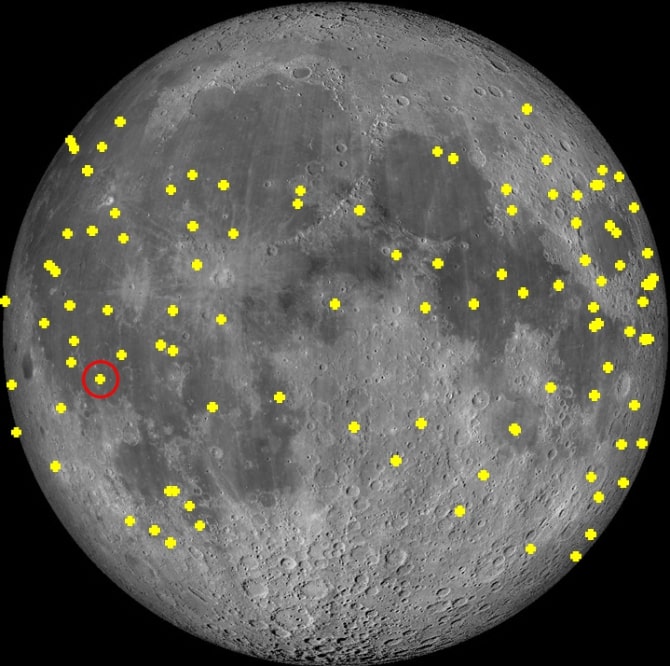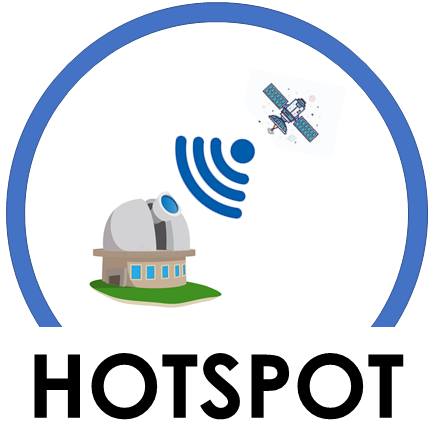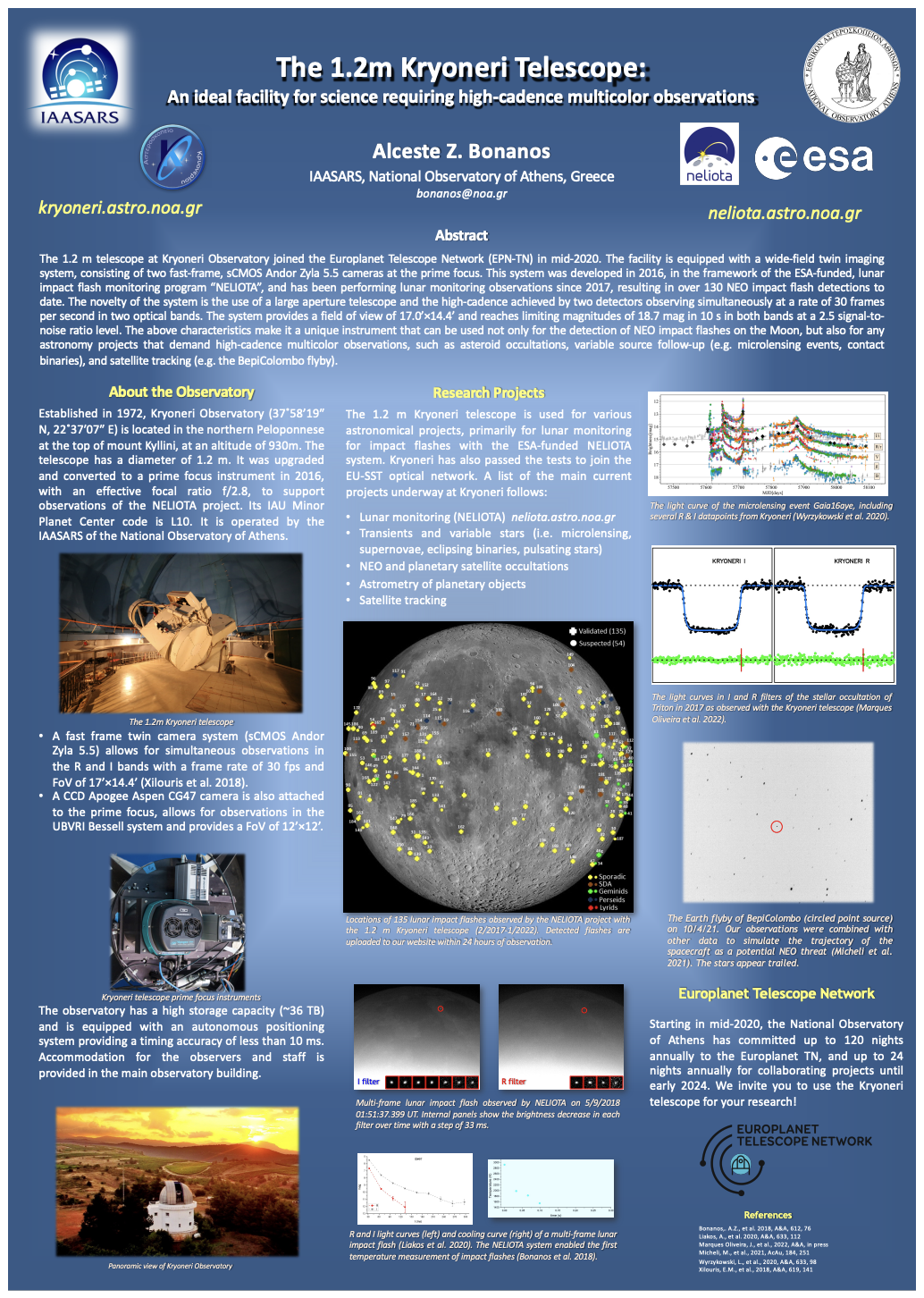News
Telescopes on Helmos and in Kryoneri in the Peloponnese communicate with NASA’s Psyche mission at a distance of 265 million kilometers
In a rare space-related achievement for Greece, telescopes of the National Observatory of Athens in the Peloponnese are being deployed this summer in an interplanetary laser optical communication experiment, a technology being tested for the first time on European soil, paving the way for the era of the so-called space Internet.
Public release of the “Flash Detection Software”.
We are pleased to announce the public release of the "Flash Detection Software", which was developed by the National Observatory of Athens for ESA. We invite both amateur or professional astronomers performing planetary observations with video cameras or fast-frame CMOS/CCDs to test it.
HOTSPOT
The Institute of Astronomy Astrophysics Space Applications & Remote Sensing of the National Observatory of Athens operates Helmos observatory, which was selected as the first Optical Ground Station under the ScyLight framework. Project HOTSPOT (https://artes.esa.int/projects/hotspot) aims to identify all possible activities that can be carried out at Helmos observatory in Greece concerning optical, quantum, and deep space communications.
Presentation of Kryoneri Observatory at the Europlanet Telescope Network Science Workshop
A poster presentation on the capabilities of the Kryoneri telescope regarding its instrumentation was given at the Europlanet Telescope Network Science Workshop, which took place (virtually) between February 9-11, 2022.





